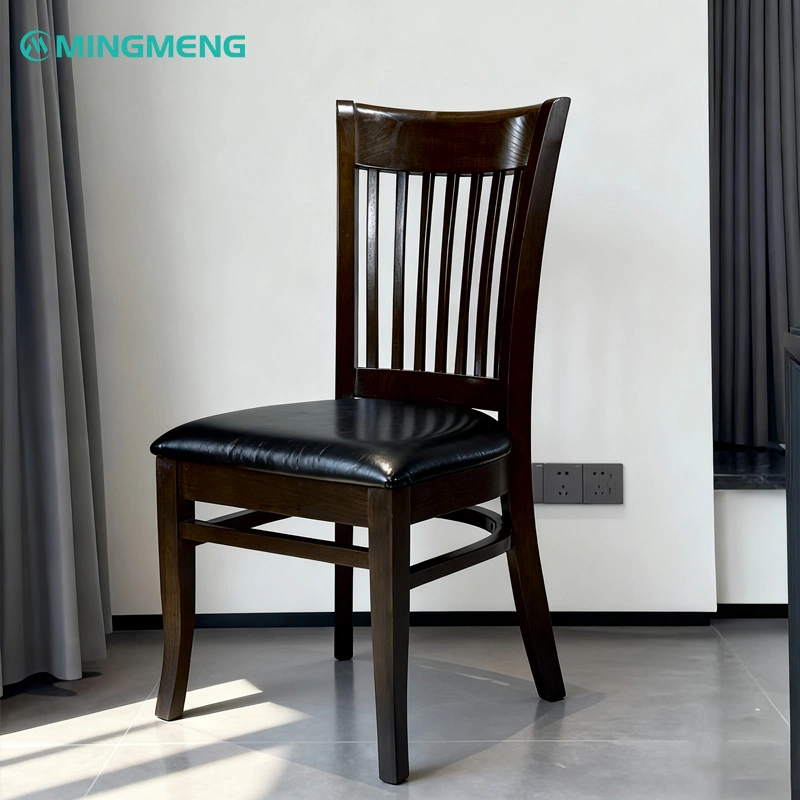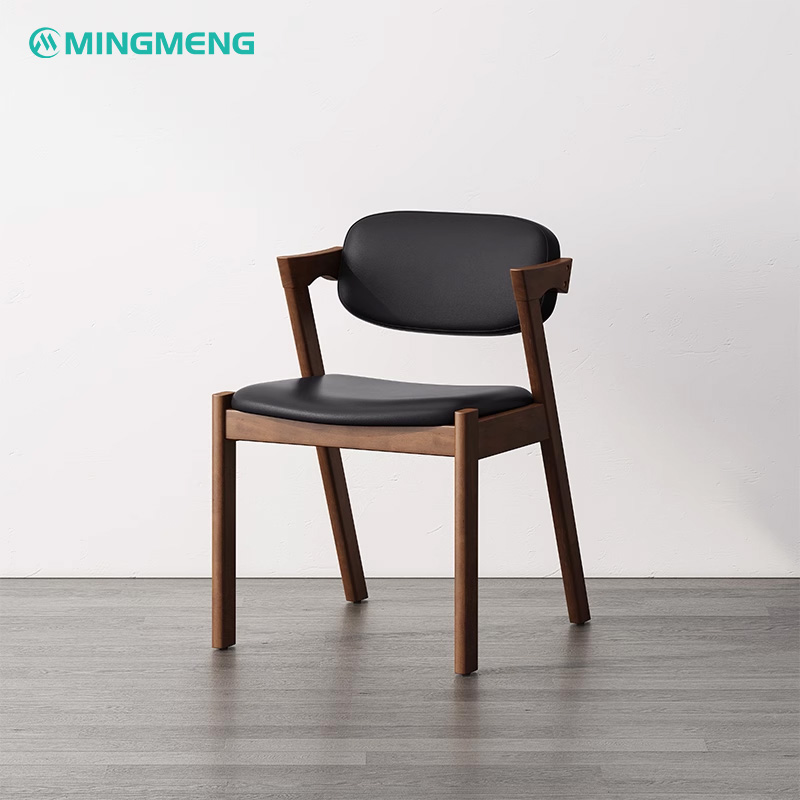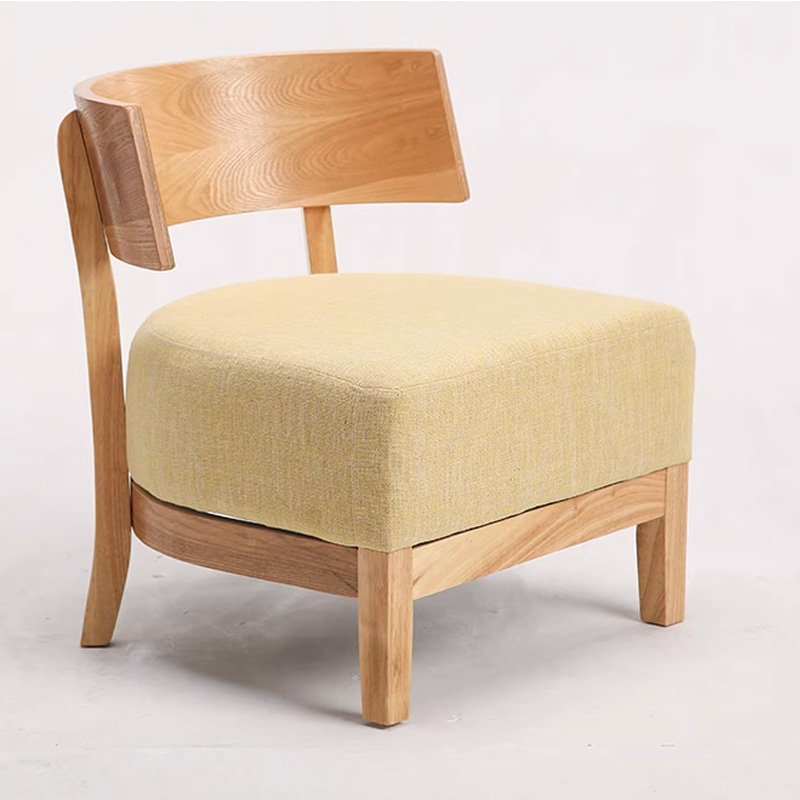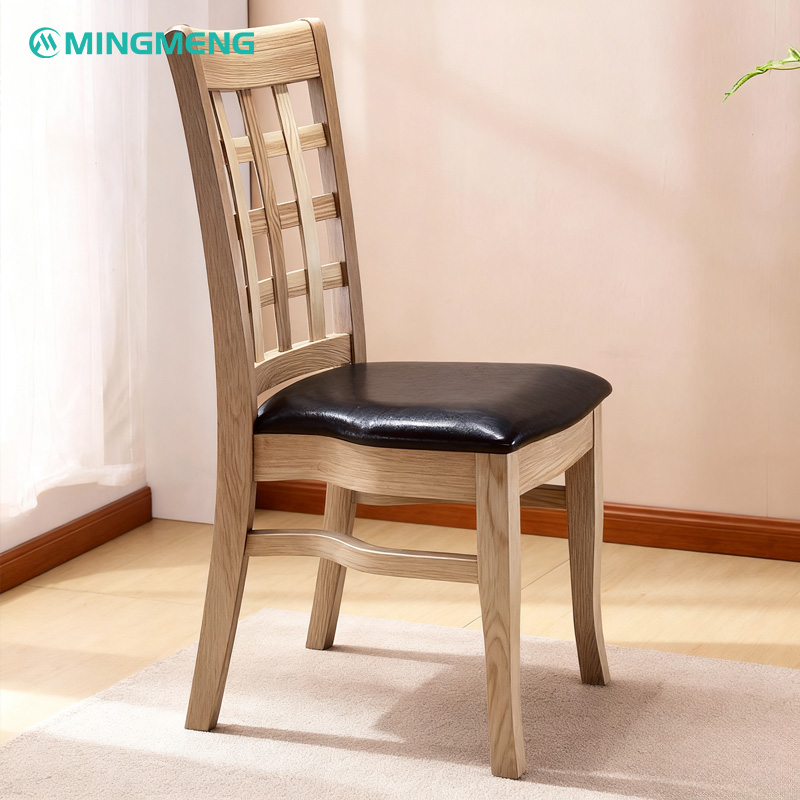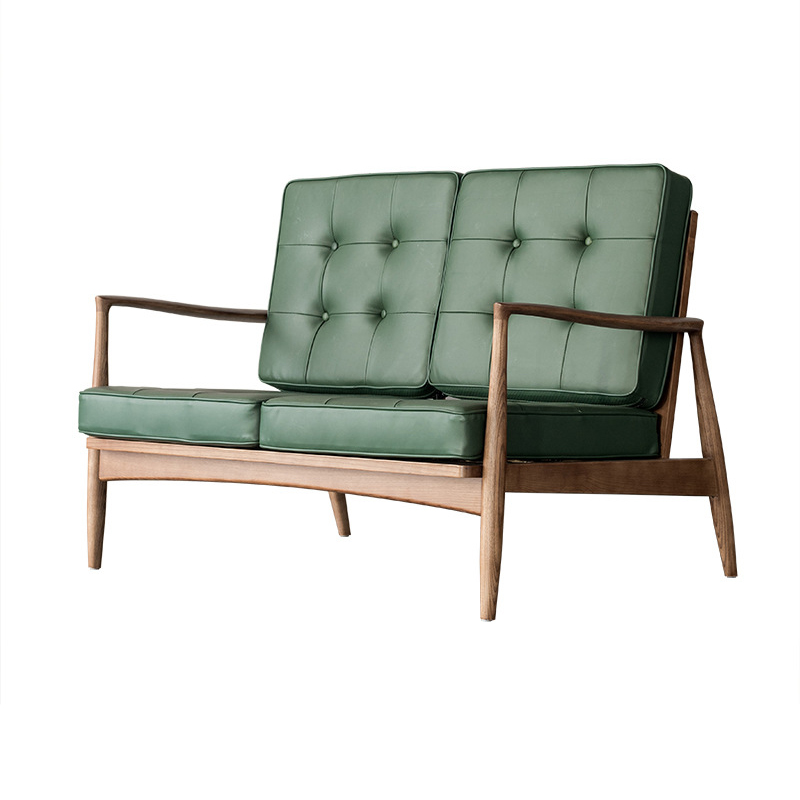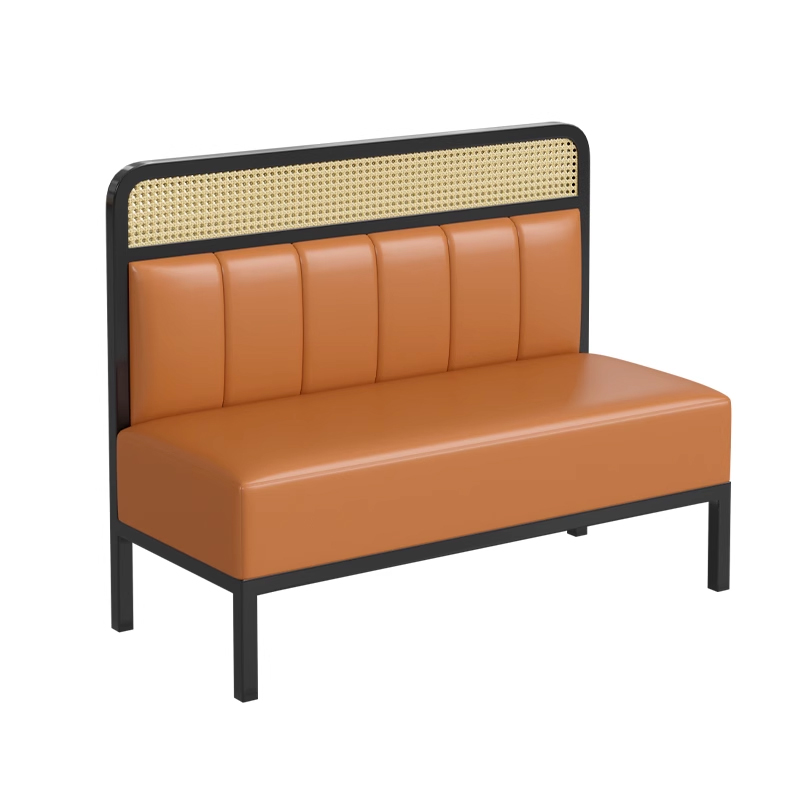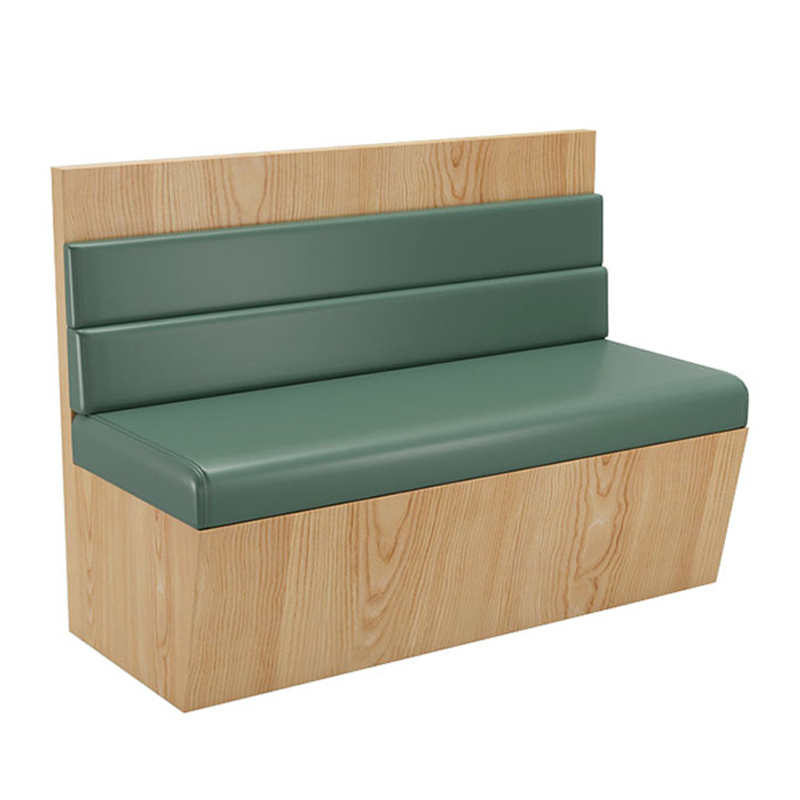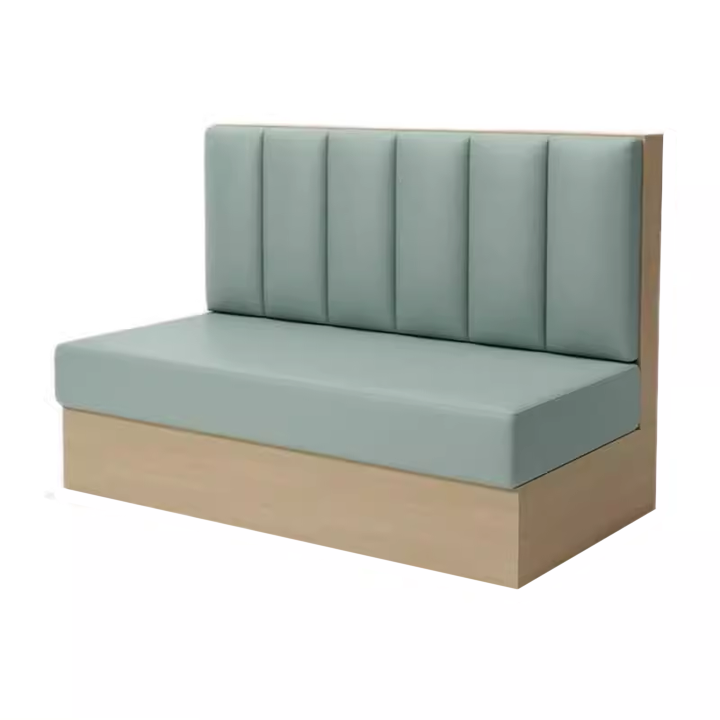Chairs do more than hold people up. They set the pace of a meal, the comfort of a conversation, and the memory guests take home. And yes—choosing the right restaurant furniture chairs isn’t just about what photographs well. It’s about what lasts, what cleans fast, what doesn’t wobble or scuff, and what still looks composed after a Friday double-turn.
This guide breaks down how we evaluate chair materials, why certain constructions outperform others in real service, where wood/metal/upholstery each shine, and a no-nonsense buying plan so you don’t end up with squeaky frames and threadbare seats in 18 months.

How We Evaluated: Our Selection Criteria
When we say “best,” we mean the things that actually matter during service and over years of use:
- Construction quality: hardwood vs. softwood; welded steel vs. screw-together tubing; joint type (mortise-and-tenon, finger joint, corner blocks); frame rigidity.
- Material performance: abrasion ratings (double rubs), finish hardness, moisture resistance, colorfastness, fire ratings where required.
- Comfort & ergonomics: seat height and depth, back angle, lumbar support, foam density and recovery.
- Cleanability: wipe-down time, soil release on fabrics, seam placement that doesn’t trap crumbs, finish resistance to sanitizers.
- Weight & handling: staff can reset a dining room quickly without fatigue; glides that protect floors.
- Total cost of ownership: not just purchase price—repairability, spare parts, reupholstery paths, expected lifespan.
- Sustainability & sourcing: FSC wood options, low-VOC finishes, recyclable metals, vendor transparency.
- After-sales support: warranties, parts availability, consistent lead times.
We paired hands-on project experience with contract-grade specs to keep this practical.

The Top Picks by Material (What Each Does Best)
1) Wood Chairs — Warmth, Presence, Repairability
Why people love them: instant hospitality and brand warmth. Good hardwood frames (beech, oak, ash, maple, walnut) feel substantial and photograph beautifully.
Strengths
- Takes stain and detail (steam-bent backs, carved rails) for premium looks.
- Repairable: scratches can be touched up; seats can be re-rushed or reupholstered.
- Stiff, quiet frames when joinery is right (mortise-and-tenon + corner blocks).
Watch-outs
- Sensitive to moisture swings; needs sealed edges and disciplined housekeeping.
- Heavier than aluminum; staff training helps avoid floor scuffs.
Best for: fine dining, bistros, cafés wanting a tactile, crafted look.
Spec tip: look for kiln-dried hardwood, glued + screwed corner blocks, and multi-coat catalyzed finishes.
2) Metal Chairs — Durability, Speed, Modern Lines
Why operators choose them: they survive launches, brunch rushes, and patio seasons without drama.
Strengths
- High durability under heavy turnover; welded frames don’t loosen like screw-ups.
- Low maintenance: powder-coat resists chips; aluminum won’t rust outdoors.
- Slim profiles fit tighter plans and stack for events.
Watch-outs
- Can read “cold” without upholstery or wood touches.
- Noise on hard floors—spec nylon or felt glides and set a glide-replacement routine.
Best for: fast-casual, high-turn dining, outdoor patios, industrial or contemporary interiors.
Spec tip: ask for fully welded steel, quality powder-coat (outdoor: aluminum + anodize/powder), replaceable glides.
3) Upholstered Chairs — Comfort, Dwell Time, Acoustic Calm
Why they convert guests: comfort equals longer stays and higher check averages. They also dial down room reverb.
Strengths
- Comfort via foam density layering and shaped backs.
- Brand expression: textiles, channels, flutes, quilting, piping—endless options.
- Acoustics: soft surfaces absorb clatter and voices.
Watch-outs
- Cleaning and stain management matter; choose performance textiles or contract vinyl with high double-rubs and stain protection.
- Seams should be placed away from crumb and liquid paths; seat pans should be removable where possible.
Best for: upscale dining, lounges, boutique hotels, private rooms.
Spec tip: 50k+ double-rubs, soil-release finish, antimicrobial where required, CAL 117/133 or local fire codes as applicable.
Side-by-Side: Material Comparison (2025)
| Criterion | Wood | Metal | Upholstered (on wood/metal frame) |
|---|---|---|---|
| Durability (heavy turnover) | ★★★★☆ | ★★★★★ | ★★★★☆ (with contract fabric) |
| Cleanability | ★★★★☆ (sealed) | ★★★★★ | ★★★☆☆ (spec performance textiles) |
| Comfort (long dwell) | ★★★★☆ | ★★☆☆☆ (add pad) | ★★★★★ |
| Aesthetic warmth | ★★★★★ | ★★★☆☆ | ★★★★★ |
| Outdoor suitability | ★★☆☆☆ | ★★★★★ (aluminum) | ★☆☆☆☆ |
| Repairability | ★★★★★ | ★★★★☆ (touch-up coat) | ★★★★☆ (reupholster) |
| Typical weight | Medium-High | Low-Medium | Medium |
| Upfront cost | $$–$$$ | $–$$$ | $$–$$$$ |
| Total cost of ownership | Low–Medium | Low | Medium (cleaning, reupholstery) |
Real-World Matchmaking: Pick by Concept, Traffic, and Team
- High-turn brunch spot / tight labor: Metal frames with wood seats or thin pads → quick wipe-downs, lighter resets.
- Chef-driven bistro / brand warmth: Solid wood frame + upholstered seat → warmth without cleaning headaches of full upholstery.
- Luxury dining / long tasting menus: Fully upholstered armchairs → comfort, acoustic control, premium cue.
- Patio or coastal market: Aluminum shell or aluminum frame + outdoor sling → rust-proof, fast-dry, stackable.
- Multi-unit rollouts: Standardize a metal frame with optional seat shells (wood / upholstered) to keep brand cohesion and parts simple.

The Buying Plan (No-Frills Checklist)
- Measure like you mean it: table clearances, seat height (≈18″), seat depth (16.5–18.5″), arms under table aprons if applicable.
- Order one pilot chair per spec: test comfort, wipe-down time, glide behavior, and stack/weight.
- Interrogate construction: wood joinery type, steel gauge, weld quality, foam density (and recovery), fabric double-rubs, finish system.
- Simulate service: splash red wine, oil, sanitizer—time the clean. Listen for squeaks.
- Glides and floors: match glide to flooring; plan a quarterly glide-replacement habit.
- Document finishes: lock stain/powder codes; keep a touch-up kit on site.
- Spare parts & reupholstery: confirm lead times and SKUs for seats, backs, and covers.
- Warranty & aftercare: get it in writing; know what’s covered (frames vs. upholstery).
The Stuff Nobody Tells You (But Should)
- Seam maps matter. Beautiful chairs fail in restaurants because the seam sits exactly where sauces travel. Move it.
- Foam isn’t just “firm” or “soft.” Density + ILD + layering determine comfort after 90 minutes—ask for the spec.
- Powder-coat ≠ powder-coat. Cheap coats chip on first stack. Specify thickness and adhesion tests.
- Stacking kills finishes if frames touch metal-to-metal. Spec stack pads and train closing shifts.
- Weight is a labor issue. A 2 lb difference per chair compounds over 60 resets a night.
Sustainability and Long-Term Thinking
The greenest chair is the one you don’t replace. Choose frames that can be repaired and seats that can be reupholstered. FSC wood, low-VOC finishes, recyclable aluminum, modular parts—these aren’t just marketing lines; they reduce lifecycle cost and waste.
Don’t Buy the Trend
Trends sparkle; service is unforgiving. If the “look” fights cleanability or comfort, it will cost you—daily. Sit in a sample, wipe it down, then imagine 200 of them after a Saturday close. Choose the chair that survives that mental picture.
FAQs
Q1: What’s the single biggest predictor of chair lifespan?
Frame construction quality (joinery/welds) and glide maintenance. Upholstery choice is second.
Q2: Are upholstered restaurant chairs worth the upkeep?
In premium dining, yes—comfort drives dwell time and spend. Use performance textiles and smart seam placement.
Q3: Wood vs. metal—what’s easier to maintain?
Metal for pure speed; wood for touch-up repairability and warmth. Many brands mix both (metal frame, wood or upholstered seat).
Q4: What fabric specs should I request?
50,000+ double-rubs, stain-repellent finish, cleanability with your real-world chemicals, and compliance with local fire codes.
Q5: Outdoor must-haves?
Aluminum frames, UV-stable coatings, breathable/slatted seats, and drainage. Store cushions or use outdoor performance mesh.
If You Want a Shortlist
- Warm brand + durability: hardwood frame, upholstered seat, sealed finish, nylon glides.
- High-turn casual + quick cleaning: welded steel frame + wood seat or performance-vinyl pad.
- Luxury tasting menus: fully upholstered armchairs, layered foam, channel or flute backs.
- All-weather patio: aluminum frame, powder-coat, sling or ventilated seat.
Need a material sample kit or pilot chair?
Our team at Mingmeng can prototype your wood/metal/upholstery mix, ship swatches, and pressure-test for your exact cleaning routine.
Start a spec review: • www.mingmeng07.com
Related Reading
- Top 10 Custom Restaurant Booth Manufacturers in the USA (2025 Guide)
- Custom Restaurant Booths | Design, Build & Installation Process 2025
- Modern Restaurant Booth Designs for 2025 — What’s Trending and Why It Matters
Posted by Mingmeng·X
Restaurant Furniture Chairs


 English
English Zulu
Zulu Igbo
Igbo Yoruba
Yoruba Xhosa
Xhosa Afrikaans
Afrikaans Sesotho
Sesotho Thai
Thai Vietnamese
Vietnamese Indonesian
Indonesian Malay
Malay Lao
Lao Myanmar
Myanmar Khmer
Khmer Turkish
Turkish Hausa
Hausa Portuguese
Portuguese Hindi
Hindi Arabic
Arabic Russian
Russian Japanese
Japanese Chinese
Chinese
